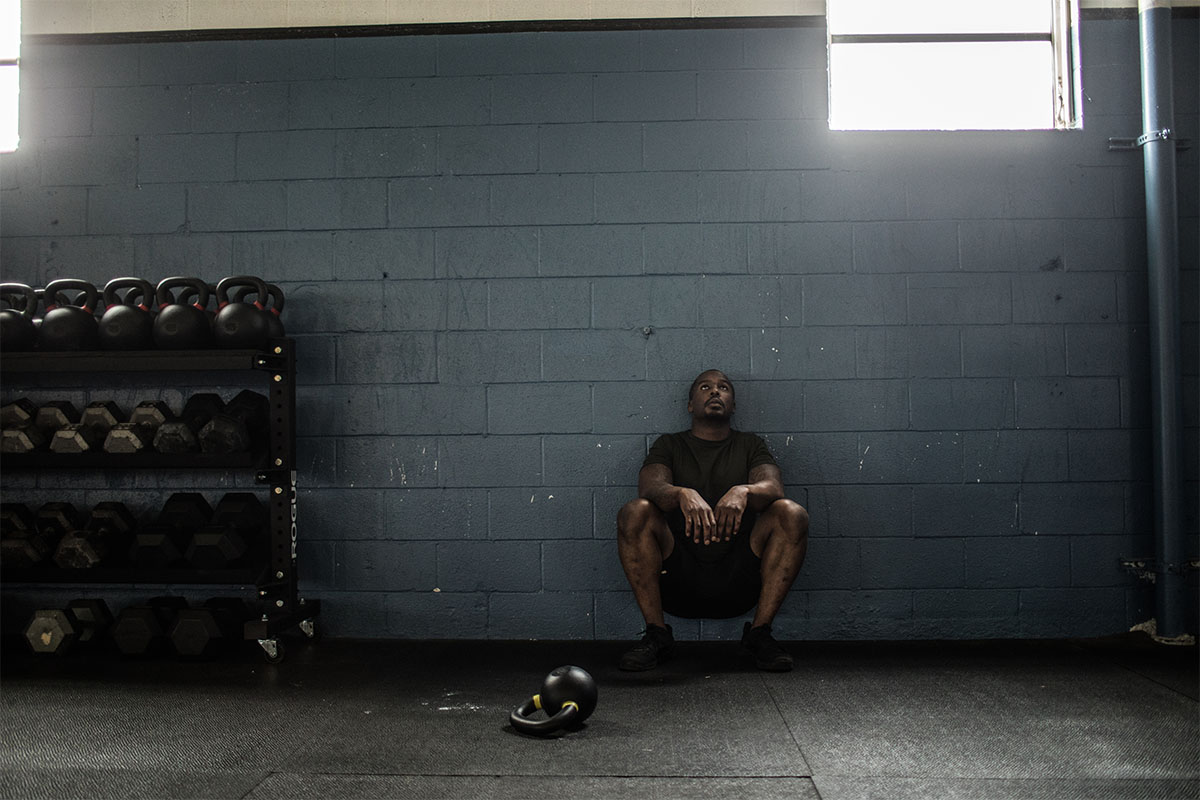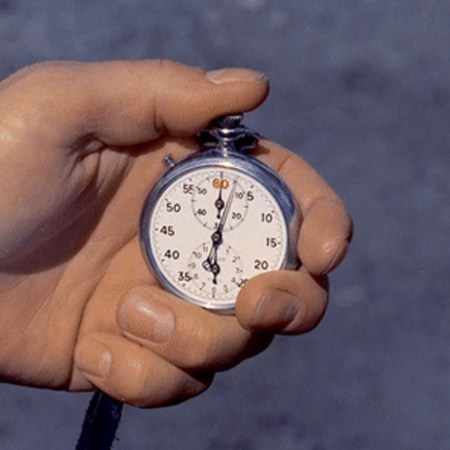“Move more” is usually a fail-safe prescription for doctors looking to strengthen up recovering patients. It’s the old lesson from The Secret Garden — you could rest in bed forever, yet slowly wither away, or you could get back outside and run around in the sun. There have now been thousands of studies linking consistent movement with longevity.
In the case of long COVID, though, exercise doesn’t seem to be an asset. It’s actually exacerbating symptoms, and forcing researchers to dig deep for answers.
Defined as long-term consequences that appear and persist after the typical convalescence period of COVID-19, long COVID has been of significant interest and concern to the medical community since mid-2020. These “consequences” can involve brain fog, shortness of breath, joint pain, loss of smell or taste, and erectile dysfunction, among other issues. Last year, Scientific American cautioned that a “tsunami of disability” could be coming as a result of long COVID, while the National Institute of Health hatched plans to allocate $1.15 billion for research over the next four years.
Early data, collected last summer, didn’t look great; popular health monitors like Apple Watch, Fitbit and other health wearables showed that the behavioral and physiological changes brought on by COVID-19 can last for months. A team of researchers who followed the progress of some of these COVID survivors, over months at a time, discovered it took an average of 79 days for their resting heart rates to return to normal (compared to just four days for those who’d picked up common respiratory illnesses).
Most alarming: the 14% of people whose heart rates remained irregular for an extremely long time, up to 133 days. These people, as outlined in a recent feature in The New York Times, are those now suffering through jogs and cycles. Their circulatory system appears to be out of whack, leading to an inability to engage in physical activity without incurring “post-exertional malaise.”
This is in direct opposition with our scientific understanding of exercise, which generally catalyzes blood flow and crystallizes focus. It’s eating a bacon cheeseburger that’s supposed to force you into an unwanted afternoon nap, not going out for a lap around the neighborhood. But according to studies conducted by Dr. David Systrom, a pulmonary and critical care physician, “long Covid patients experience damage to a certain kind of nerve fiber involved in how organs and blood vessel function.”
Basically, oxygen is not getting to the muscles properly, which means exercise is still exercise (an activity that puts tremendous strain on the body), but without the usual benefits. As last year’s biometric data predicted, these crashes seem to be linked to elevated heart rates. Blood flow is interfered with, which means the heart can’t pump harder when it needs to, or recover as easily once the session is through.
It’s scary stuff, and like so many other stages in this pandemic, the most frustrating bit is medical experts can’t give a definitive take yet on what long COVID patients should do about it. This is one malady that you can’t fix by signing up for a marathon.
Until doctors figure out the right inputs to re-regulate disrupted vessels, you’ll want to take it slow. Monitor how you feel during day-to-day tasks that get your heart rate up (walking up stairs, commuting to work, etc.) and scale yourself up to daily walks. Because COVID affects everyone differently, you have to be your own expert.
Whether you’re looking to get into shape, or just get out of a funk, The Charge has got you covered. Sign up for our new wellness newsletter today.


















